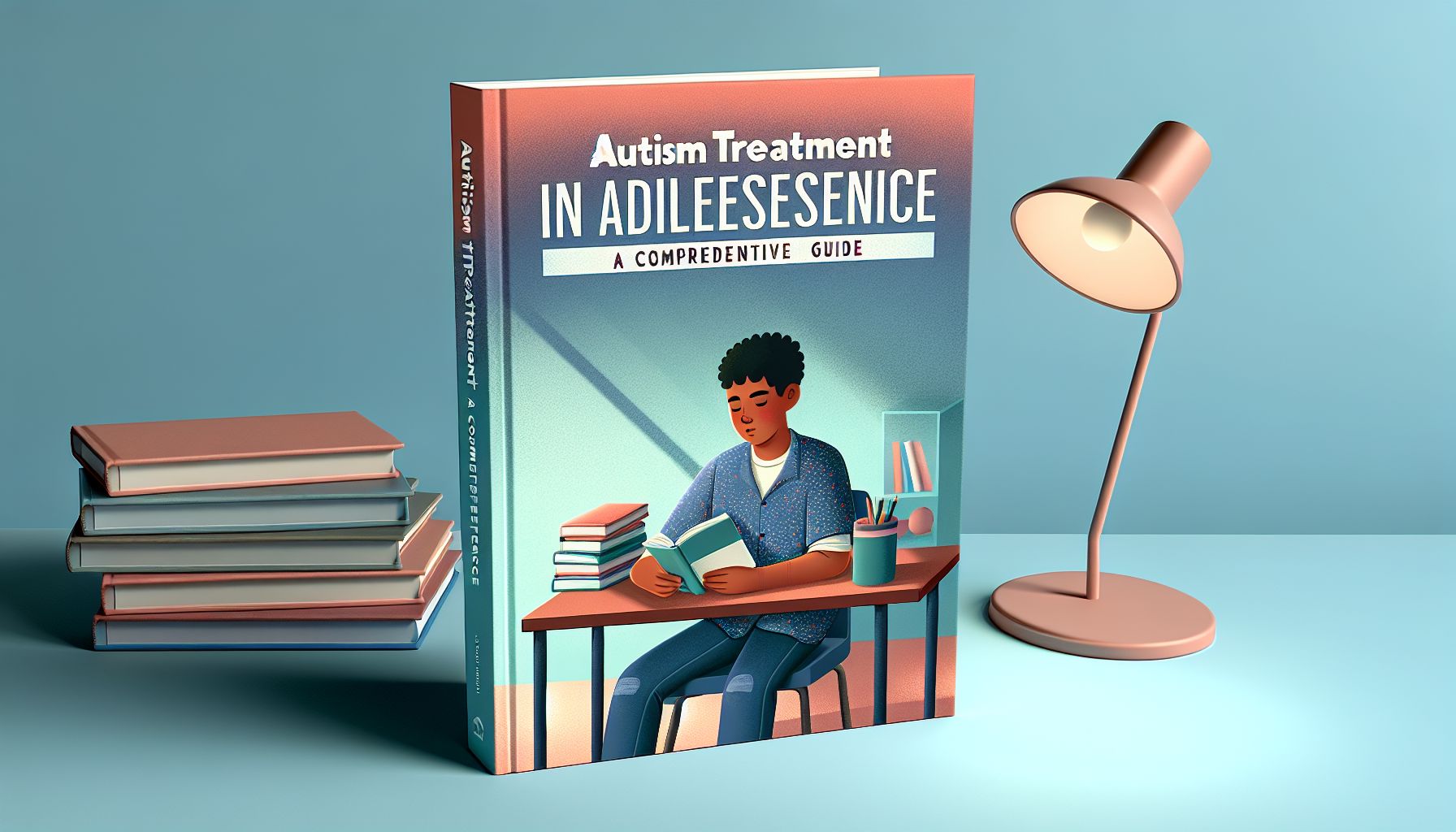Statistically, one in every 44 children in the United States is diagnosed with Autism Spectrum Disorder (ASD), a group of neurodevelopmental disorders characterized by difficulties with social interaction and communication and repetitive, stereotyped behaviors. Adolescence, with all its physical, emotional, and social changes, can be particularly challenging for autistic teens. In this blog post, we delve into the complexities of autism treatment in adolescence and provide helpful insights on how to better support teens in their journey towards adulthood.
Understanding the Challenge
ASD can manifest in myriad ways, making every case unique. Adolescents with autism often experience heightened anxiety and depression, struggle with social interaction, and have difficulty understanding and navigating age-appropriate regulations and behaviors. Unpredictable changes associated with puberty can exacerbate these issues, intensifying the need for specialized treatment and support.
The Need for Multifactorial Treatments
There isn’t a one-size-fits-all treatment approach for ASD. Instead, a multifaceted treatment plan is often necessary to address the unique combination of attributes present in an adolescent with autism. The components of this plan usually include behavioral therapy, medication, dietary and lifestyle changes, and educational support, all tailored to the individual’s specific needs and capabilities.
Behavioral Therapy
Behavioral therapy, particularly applied behavior analysis (ABA), is proven to be effective in improving social, communication, and learning skills through positive reinforcement strategies. These treatments offer a structured and consistent manner to behavioral modification that offers significant benefits, particularly when started early and carried out consistently. By maintaining a consistent approach, these therapies can even help adolescents with ASD form connections and understand social cues to a far greater degree.
Medication
Whilst there isn’t a known cure for ASD, certain medications can effectively manage symptoms that interfere with functioning and learning. These medications are often utilized to handle symptoms such as high energy levels, inability to focus, depression, or seizures. It’s always recommended to consult with a healthcare provider before starting any medication regime.
Diet and Lifestyle Changes
Some experts suggest certain dietary and lifestyle changes can provide symptom relief in adolescents with autism. It’s important to note, however, dietary changes will not be effective for every individual. A rigorous examination by a registered dietician or other health professional is essential before implementing these changes.
Educational Support
When it comes to schooling, individualized education plans (IEPs) can make an enormous difference for an adolescent with ASD. An effective IEP tailors the academic experience to the individual’s needs, with a focus on fostering social skills and minimizing feelings of isolation. Supportive educational environments nourish cognitive and social development, equip autistic teens with necessary tools to function independently, and support their integration into broader social groups.
Building a Supportive Environment
Beyond medical and educational interventions, a strong support network both at home and in school is vital. Encourage open communication, mutual respect, and understanding within the family. Seek opportunities for the adolescent to engage with others who have similar experiences. Furthermore, assertive advocacy for the rights and needs of the autistic adolescent is key in school and healthcare spaces.
The Role of Early Intervention
Studies show that early intervention leads to better outcomes for adolescents with autism. Since brain plasticity is greatest in earlier years, therapies are more impactful when initiated as early as possible. Addressing these issues at an early age can greatly improve an individual’s ability to maintain social relationships, complete daily tasks, and achieve academic success.
Coping with Change
Adolescence is a period of significant change, which can be particularly trying for individuals with ASD. By anticipating these changes and addressing them proactively with the adolescent, they can be better prepared for changes in their physical appearance, social relationships, and educational expectations. Providing reassurance that these changes are a normal part of adolescence can help alleviate anxiety and uncertainty.
We hold hope as we explore the world of autism treatment in adolescence because the knowledge and resources have considerably grown. Parents, educators, and healthcare providers now have a wealth of information and tools to help adolescents with autism navigate the tricky waters of adolescence more smoothly. Treatments and coping mechanisms may take time to work, and progress might be slow, but every step forward is a testament to the individual’s resilience and the strength of their support network. Indeed, while the challenges are significant, so too are the opportunities for growth, learning, and achievement.

